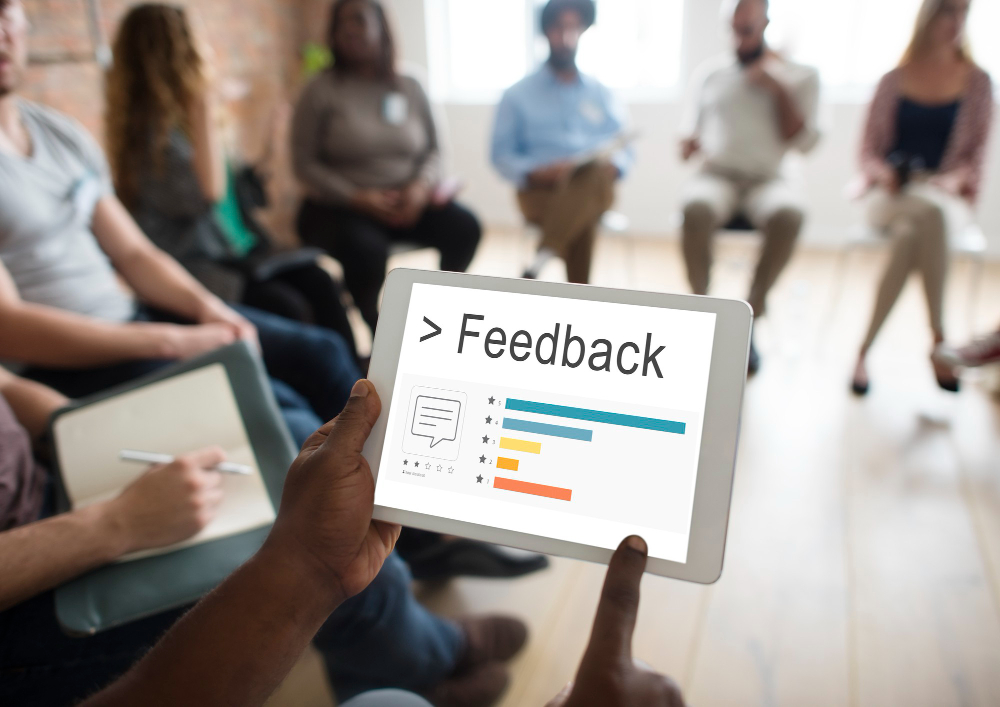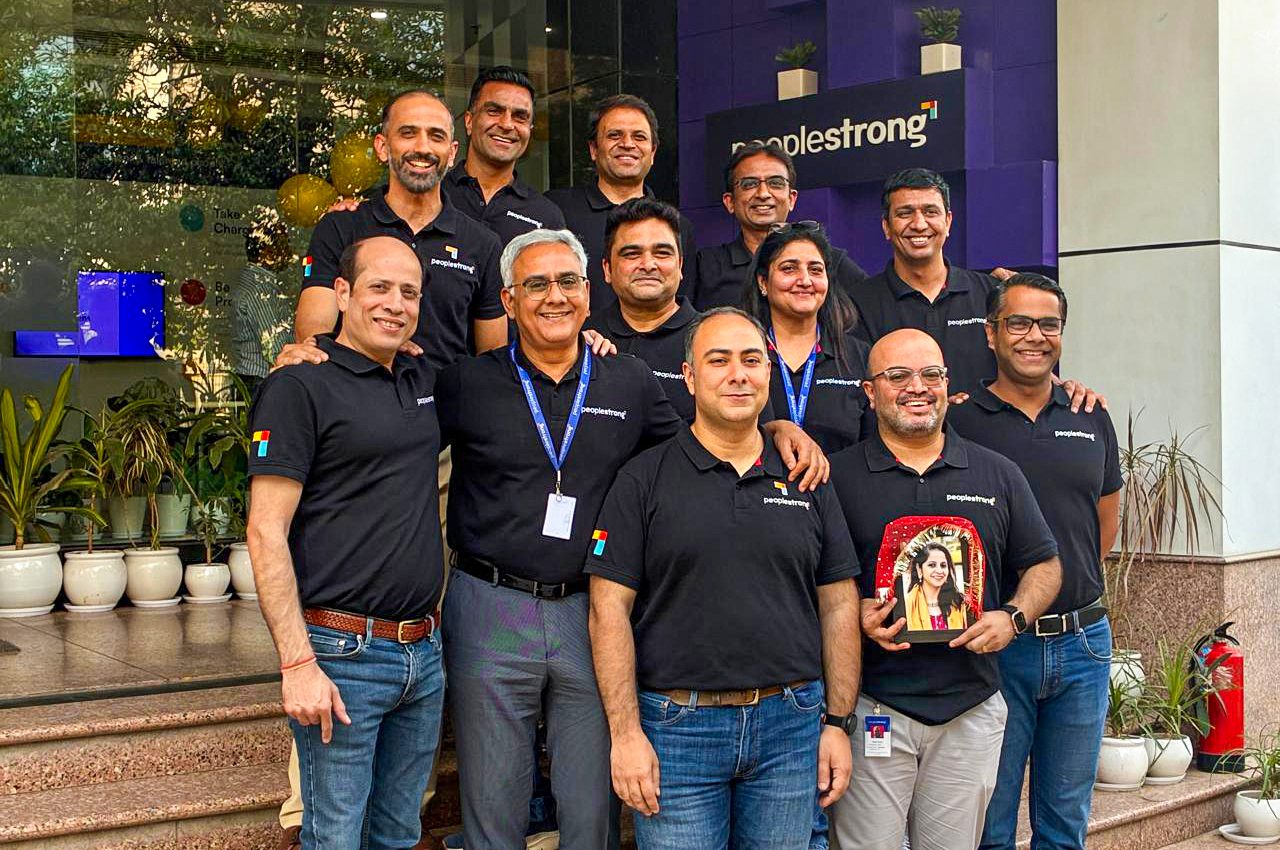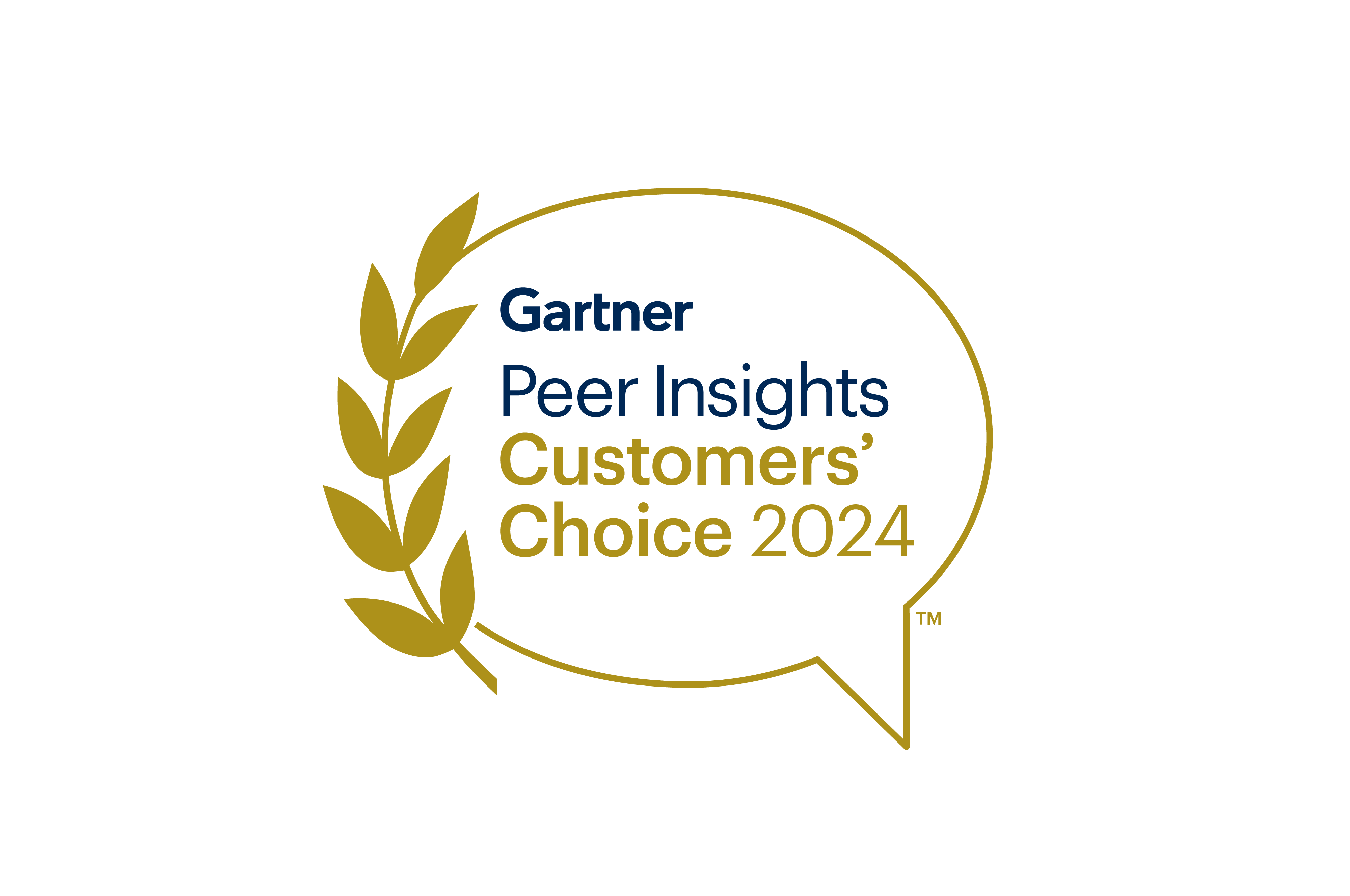Gone are the days of rigid annual performance reviews. Today, modern organizations are embracing continuous feedback—a real-time approach to performance management that boosts growth, aligns employees with organizational goals, and strengthens workplace communication.
Implementing continuous feedback enhances employee performance and builds a culture of trust and accountability.
Read on as we explore a comprehensive, step-by-step guide to integrate continuous feedback into your organization successfully.
Why Continuous Feedback Is Crucial for Performance Management
Traditional performance management systems, with their annual or semi-annual review cycles, are not designed for timely feedback. Many experts nowadays see them as not being focused on development. Traditional review systems tend to look back rather than forward.
Many studies have demonstrated that continuous feedback leads to better business outcomes:
- According to Gallup, team members are 5.2 times more likely to strongly agree that they get meaningful feedback, 3.2 times more inclined to highly agree that they are driven to do great work, and 2.7 times more likely to be engaged at work when supervisors give them feedback on a weekly basis rather than an annual basis.
- In this case study, Oman Air used continuous feedback as part of performance management to build a best-in-class system for over 1500 employees.
Implementing continuous feedback can align performance management with modern organizational goals. Managers’ timely feedback help employees identify areas for improvement and work towards success.

The result of modern performance reviews is increased engagement, higher job satisfaction, and ultimately, reaching company goals successfully.
Key Components of an Effective Continuous Feedback System
A continuous feedback system should not be a short-term fix. It needs to be effective and sustainable in the long run.
Here are the main components:
Real-time Feedback: The Power of Timely Inputs
The system should be designed for real-time feedback. Such actions ensure that employees are aware of performance highs and lows without delay. They can take corrective actions in time, if needed. Issues will not be allowed to escalate and performance levels remain consistent.
Two-way Communication: Sparking Open Dialogue
Continuous feedback should work in both directions. Managers should share feedback and opinions about work, and employees too should feel supported in contributing their insights and concerns to managers.
Alignment with Goals: Connecting Feedback to Objectives
Continuous feedback should be based on employee performance and linked to larger organisational goals. In such a system, performance management will ensure that employees achieve objectives as a contribution to the enterprise’s overall goals. This alignment makes the feedback relevant and actionable.
Integration with Technology: Streamlining the Process
Technology is very helpful in streamlining the continuous feedback process. Many tools and platforms can enable real-time feedback, automate requests, and track progress. When such technology is integrated into a feedback system, it makes it seamless and accessible.
A Step-by-Step Guide to Implementing Continuous Feedback
Here’s a phased approach to help your organization successfully implement a continuous feedback program:
Step 1: Review Your Current Feedback Culture
First, diagnose the current feedback culture.
- Audit Existing Processes: Review existing performance review mechanisms such as one-on-one meetings and other feedback methods. Look for any gaps that may affect proper feedback.
- Understand the Needs of Employees and Group Heads: Survey and interview relevant workers and managers to determine expectations and what needs to change.
Step 2: Define Clear Goals for Feedback
Now, you can define the goals for a continuous feedback program.
- Align Feedback Processes with Organisational and Team Objectives: It’s crucial to link the feedback process with larger company goals. This can also assist in measuring the impact of feedback processes.
- Create KPIs or OKRs for Measuring Success: KPIs or Key Performance Indicators for the staff will let you track your success and show the areas for improvement. Better still, you can consider OKRs, Objectives, and Key Results. These could measure engagement and performance levels, for example.
Step 3: Choose the Right Tools for Continuous Feedback
The right tools can streamline the process. Several performance management tools are available in the market that will help you implement continuous feedback as a process. These will automate feedback, measure progress, and help you gain insights
- Ease of Use: Remember that the tools should be easy to use for both managers and employees.
- Systems Integration: The software should be able to integrate with current systems, such as HRIS and payroll software.
Step 4: Coach Managers and Employees
Next, managers and employees should be trained on the system’s features and how it will benefit them. This can be done through a mix of online and on-the-job training.
- For Managers: Give managers training on giving proper feedback, listening actively, and ways of employee support.
- For Employees: Employees can be advised on reacting to feedback, clarifying concerns, and developing post-feedback plans.
Step 5: Implement Pilot Programs
It makes sense to start with a pilot group before extending it to the entire organisation.
- Test the System: Implement the program with a team to identify challenges and refine the process.
- Gather Feedback: Feedback from participants will show areas for improvement.
Step 6: Scale Across the Organisation
Finally, you can roll out the continuous feedback program to the entire enterprise.
- Gradual Rollout: To make sure of a smooth transition, the program can be implemented one step at a time.
- Regular Check-ins: Conducting check-ins and reviews will help to fine-tune the system.
Common Challenges and How to Overcome Them
It is perhaps inevitable that any new system will face some initial bumps. These do not mean that the continuous feedback program is ineffective. Here are some common challenges and what to do about them.
Challenge 1: Resistance to Change
Many managers and employees may not be inclined to implement a new process. You should take steps to ensure that this does not hinder progressive measures.
Solutions:
- Be transparent and clear about the benefits of continuous feedback. Talk about better performance, enhanced engagement, and career development.
- Start with small steps and only then increase the frequency of feedback.
- Let senior leaders actively participate in the program as a model of desired behavior.
Challenge 2: Lack of Clarity in Feedback
The best feedback is clear about successes and failures and how to handle them. If there is a lack of focus, try these steps:
Solutions:
- Train the staff on effective feedback techniques. For example, explore the “sandwich method”. Start with positive feedback, slip in negative or corrective feedback, and conclude again with positive feedback.
- Other structured feedback frameworks include the GROW model: Goal, Reality, Options, Will. These can ensure clarity.
Challenge 3: Misalignment Between Feedback and Organizational Goals
As we have pointed out earlier, the feedback should be aligned with company goals.
There are simple solutions to enable this:
Solutions:
- When managers provide feedback, they discuss it in the context of the organization’s goals.
- Plan for regular goal-setting and review sessions to ensure feedback aligns with changing priorities.
- Create a culture where feedback is an opportunity for growth and development, not a warning or problem.
Measuring the Success of Continuous Feedback
Once you implement a continuous feedback program as part of modern performance management, it’s time to measure its impact.
To ensure ongoing improvement, here are key metrics to track and guide your next steps:
Employee Engagement:
- Dipstick Surveys: These are quick and short surveys to measure changes in employee morale. Quick dipstick surveys can help you understand if your continuous feedback process is working effectively.
- Employee Net Promoter Score (eNPS): This measures employee loyalty by checking how likely current employees are to recommend their company to others as a place to work. A good continuous feedback system should boost your eNPS in the long run.
- Employee Satisfaction Surveys: These surveys provide feedback on the work environment, with any suggestions for improvement that may arise. Questions regarding feedback process can help you understand the effectiveness of these programs.
Performance Improvement:
- Individual Performance Metrics: Track KPIs and OKRs to check individual and team performance. A continuous feedback process should help improve the overall performance and goal achievement for your teams.
- Quality Metrics: Work output quality is typically assessed by quality metrics such as error rates or customer satisfaction. You should be able to track improvements in these metrics with an effective continuous feedback system.
Getting Feedback on the Feedback
You also need to get feedback on the feedback system. Here are some tips:
- Anonymous Surveys: Create anonymous employee surveys for honest feedback.
- Focus Groups: Small discussions to dig deeper into experiences and reactions.
- One-on-One Meetings: To gather individual feedback and address concerns.
Take the First Step Toward Continuous Feedback with PeopleStrong
Continuous feedback is more than just a trend—it’s a transformative approach to modern performance management. Fostering ongoing conversations empowers employees to grow, improves engagement, and ensures alignment with your organization’s goals.
Traditional annual reviews cannot match the speed and needs of today’s organizations. With ongoing feedback, you can create a culture that makes both employees and the organization develop and grow.
With the right tools, training, and commitment, you’ll soon create an environment where continuous learning and growth are paramount.
This is where PeopleStrong comes in. With AI-driven innovations like Jinie (chatbot), analytics tools, and a mobile-first experience, PeopleStrong aims to simplify HR processes, improve workforce engagement, and drive business growth. Trusted by over 500 enterprises, their scalable and secure solutions cater to industries like BFSI, IT, manufacturing, and healthcare.
Get in touch with us to explore how our solutions can transform your performance management system.
FAQs
How can organizations and managers instill a culture of continuous feedback?
Some steps that organizations can create a culture of continuous feedback are:
- Senior leaders should participate in the feedback process to set an example.
- Employees can be trained in the skills to give and receive feedback effectively.
- Tools like performance review software can streamline the process.
- Honest and constructive conversations should be encouraged.
What are the benefits to employees of a continuous feedback process?
A continuous feedback process can help employees b to identify strengths and weaknesses.
Positive feedback boosts confidence and motivation. Employees can advance their skills on a regular basis, and they will feel valued and heard.
How can employees effectively give and receive feedback?
Some principles of proper feedback are that it must be specific, timely, and constructive. The focus should be on goals and behavior. Employees can ask questions to clarify matters and not take the feedback as a personal criticism.
How can organizations measure the impact of continuous feedback?
Organizations can measure the impact of continuous feedback by:
- Monitoring OKRs and KPIs.
- Gathering feedback on the feedback process itself.
- Checking to see if there are lower turnover rates over a period.
- Assessing employee satisfaction scores.











